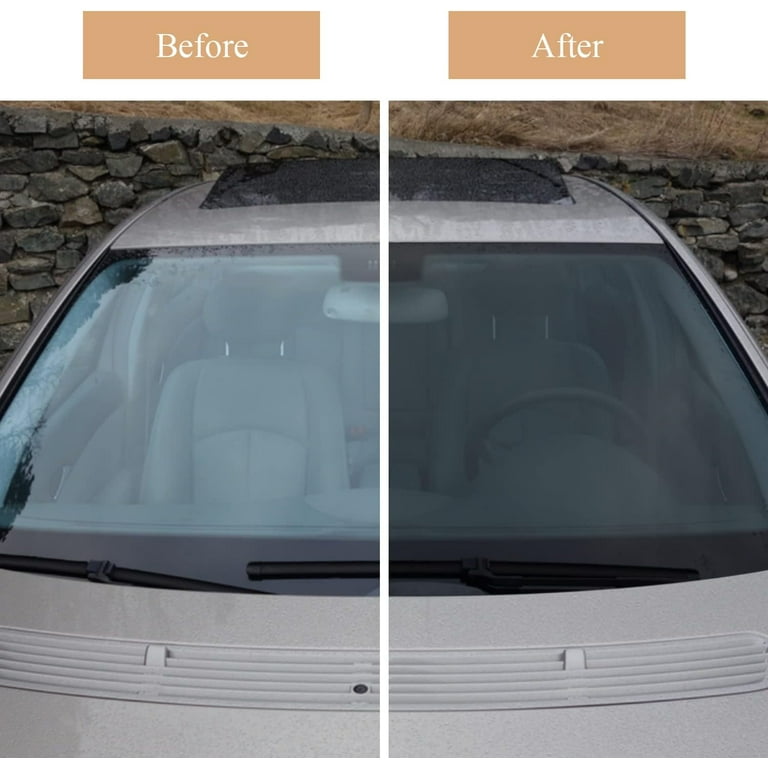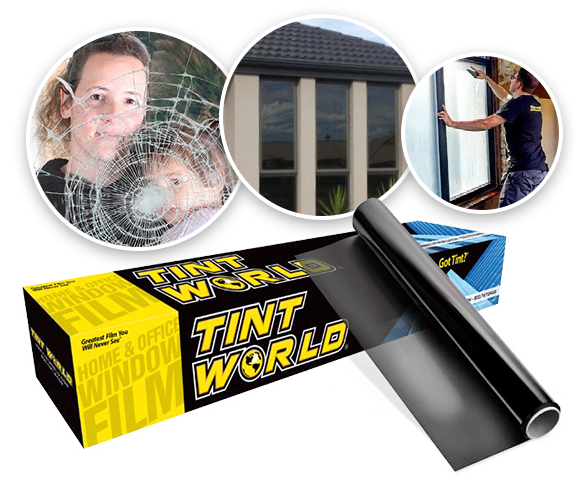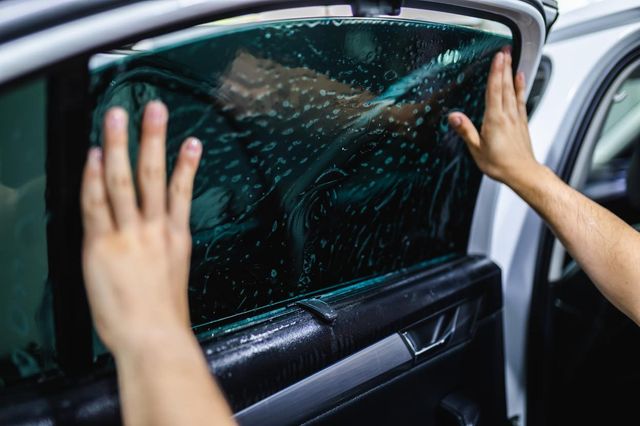How Car Window Tinting Keeps Your Automobile Cool in Heat
How Car Window Tinting Keeps Your Automobile Cool in Heat
Blog Article
Window Tinting Rules and Standards: What You Required to Know Prior To Tinting Your Auto
Prior to proceeding with window tinting for your car, it is essential to familiarize on your own with the varied legislations and guidelines that regulate this practice throughout different states. These regulations dictate the permitted levels of tint darkness, commonly gauged by noticeable light transmission (VLT) percents, and consist of details terms for front windscreens aimed at guaranteeing roadway safety.
Introduction of Home Window Tinting Rules
Window tinting regulations are frequently based on variant across different territories, mirroring regional regulations and safety and security considerations. These regulations dictate the acceptable levels of tint darkness and reflectiveness on car home windows, ensuring that motorists preserve sufficient visibility while also safeguarding against dangerous UV rays and warm.
The majority of guidelines classify home window tinting based upon the Visible Light Transmission (VLT) portion, which suggests the quantity of light that can travel through the home window. Typically, lower VLT percents signify darker colors. Legislations commonly separate in between the front, side, and rear windows, with more stringent constraints related to the front windscreen to improve security for both the driver and other road individuals.
In addition, some territories impose restrictions on the reflectivity of the tint, stopping too much glow that can harm presence. Exemptions to these legislations may exist for people with specific medical conditions calling for extra sunlight security. Conformity with home window tinting policies is critical, as infractions can lead to fines, necessary removal of the color, and possible increases in insurance policy premiums. It is important for lorry proprietors to familiarize themselves with neighborhood laws before continuing with home window tinting installments.
State-by-State Color Regulations
Recognizing the certain home window tinting regulations in each state is essential for lorry owners seeking to abide by the legislation. Each state in the united state has actually developed its own set of guidelines governing window tinting, which can differ dramatically. These regulations usually determine the permitted levels of tint darkness, the kinds of home windows that can be tinted, and any type of medical exemptions that may apply.
For instance, states like The golden state have stringent restrictions on tint darkness for front home windows, while others, such as New Mexico, might enable darker colors. Furthermore, specific states mandate certain exposure portions for various home windows, including the windscreen, front side home windows, and back windows. It is crucial for car owners to familiarize themselves with their state's regulations to prevent possible fines or charges.
Furthermore, some states may need an accreditation sticker label to be put on tinted home windows, showing compliance with state legislations. Failure to follow these guidelines not only takes the chance of lawful consequences yet can likewise impact safety and visibility while driving. Lorry owners ought to perform thorough study or seek advice from local authorities to guarantee full understanding and compliance with state-by-state color guidelines.
Allowed Tint Kinds and degrees
Several vehicle proprietors might be surprised to discover that allowed color levels and types differ commonly across different states. Each state has actually established its very own guidelines regarding the permissible darkness and reflectivity of window color, typically gauged by Visible Light Transmission (VLT) percentages. VLT refers to the amount of light that can travel through the tinted home windows; thus, a reduced portion shows a darker color.

Additionally, the sorts of color materials enabled can vary, with some states banning metallic or mirror-like surfaces. It is vital for vehicle owners to familiarize themselves with their state's certain regulations to make sure conformity. Non-compliance can lead to fines, required elimination of the color, or various other lawful effects, making it essential to understand these laws prior to waging setup.
Medical Exemptions for Tinting
While not all states provide allocations for clinical exemptions regarding home window tinting, those that do acknowledge the requirement for certain people to improve visibility and comfort due to medical conditions. Numerous medical conditions, such as lupus, skin cancer cells, and certain eye problems, can provide individuals specifically sensitive to sunshine. As a result, these individuals might need darker colors to safeguard themselves from hazardous UV rays and glare.

It is vital to keep in mind that despite a clinical exception, there may still be constraints on the level of color permitted. Compliance with state legislations ensures that individuals are both secured and within legal limitations. Those considering medical exemptions ought to call their local Division of Motor Cars or equivalent authority to recognize the procedures and demands necessary to look for an exemption successfully.
Penalties for Non-Compliance
Stopping working to abide by window tinting regulations can result in substantial penalties, which vary by state. Police are encouraged to issue citations for vehicles that do not stick to the specified tinting laws. These penalties typically include penalties, which can vary from moderate quantities to numerous hundred bucks, depending upon the extent of the infraction and the state in inquiry.
In some territories, duplicated offenses may lead to rising penalties or additional fines, such as mandatory court looks. Furthermore, non-compliance may require the removal of illegal tinting, often at the owner's expenditure. In extreme situations, habitual offenders may face suspension official site of their vehicle registration till compliance click reference is attained.
In addition, insurance coverage ramifications may occur from obtaining several citations for window tint violations. Insurance providers might check out such violations as an indication of riskier habits, possibly resulting in boosted costs or trouble in insurance coverage.
To stay clear of these charges, it is critical for vehicle owners to acquaint themselves with their regional window tinting legislations and make sure that their car complies (Window Tinting). This aggressive strategy not just stays clear of lawful implications yet also promotes roadway security
Conclusion

The majority of regulations categorize home window tinting based on the Visible Light Transmission (VLT) portion, which shows the quantity of light that can pass via the home window. Conformity with window tinting guidelines is crucial, as infractions can result in penalties, obligatory removal of the color, and possible rises in insurance premiums.Comprehending the details home window tinting guidelines in each state is important for lorry proprietors seeking to comply with the law. These guidelines frequently determine the allowable levels of tint darkness, the types of windows that can be tinted, and any kind of medical exemptions that may apply.
For instance, states like The golden state have strict restrictions on color darkness for front windows, while others, such as New Mexico, may permit darker tints.
Report this page